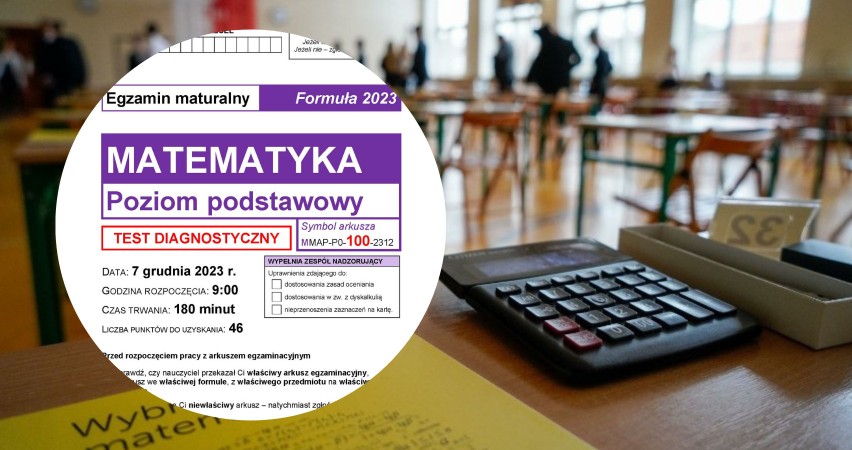Sprawdzian 2 Przed Próbna Matura Z Matematyki

Sprawdzian 2 Przed Próbną Matura Z Matematyki, often shortened to "Sprawdzian 2," is a practice mathematics test designed to prepare students for the official Polish Matura exam. Its purpose is to assess a student's readiness across a broad range of mathematical topics covered in the high school curriculum.
A key aspect of Sprawdzian 2 is its comprehensive coverage. The test typically includes problems from algebra, geometry, trigonometry, calculus (depending on the student's chosen level, either basic or advanced), and statistics. The distribution of questions reflects the emphasis given to each topic in the official Matura.
Another important characteristic is its structure. It mirrors the format of the real Matura exam, including both closed-ended (multiple choice) and open-ended (free-response) questions. This allows students to become familiar with the types of questions they will encounter and practice their problem-solving skills under timed conditions.
The difficulty level is also calibrated to reflect the difficulty of the actual Matura. While some questions may be relatively straightforward, others are designed to challenge students and assess their ability to apply mathematical concepts in complex situations.
Example 1: A typical algebra problem might involve solving a quadratic equation or system of equations. Example 2: A geometry question might require calculating the area or volume of a geometric figure, using trigonometry to find missing angles or sides.
The feedback and analysis provided after taking Sprawdzian 2 are crucial. Students receive a detailed breakdown of their performance, identifying areas of strength and weakness. This information helps them focus their studies on the topics where they need the most improvement.
Ultimately, Sprawdzian 2 is not just about memorizing formulas; it's about developing critical thinking and problem-solving skills. These skills are essential not only for the Matura exam but also for success in higher education and many professional fields. Successfully navigating mathematical problems builds logical reasoning which has real world applications in fields such as finance, engineering and computer science.





